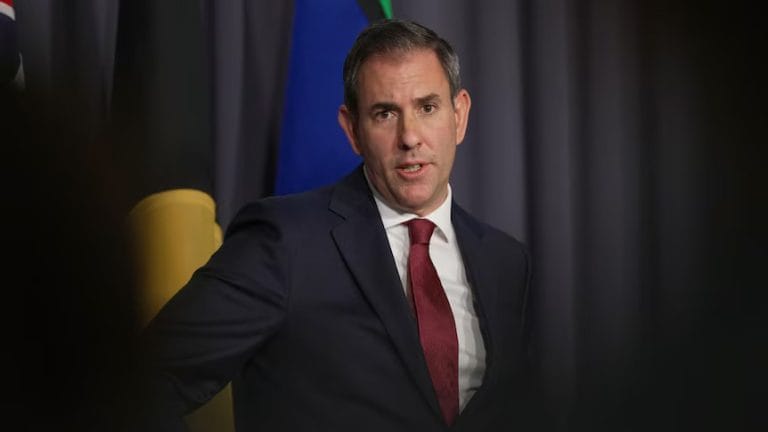🎧 Listen to This Article
In a decisive shift from cautious rhetoric to assertive leadership, Australian Treasurer Jim Chalmers has declared the Albanese government’s willingness to pursue sweeping tax reform. This bold positioning marks a significant departure from the timid post-2019 political climate and signals the government’s recognition of demographic shifts, fiscal imbalance, and mounting intergenerational inequity.
Structural Reform: Political Readiness Meets Economic Urgency
Chalmers has strategically allowed external voices—think tanks, independent MPs, and younger Australians—to build momentum around reform. With Gen Y and Z now comprising the largest voting blocs, the appetite for progressive restructuring has grown, even if some reforms are likely to create short-term political friction.
The Treasurer’s defense of a contentious proposal—taxing superannuation balances over $3 million—reflects confidence in both public sentiment and political capital. Recent polling indicates over 60% of Australians support the move to scale back generous tax concessions for the wealthiest retirees.
From Income Dependency to Structural Stability
Australia’s heavy reliance on income tax is increasingly unsustainable. Declining fuel and tobacco excise, a shrinking GST base, and fewer working-age citizens call for a tax model less vulnerable to demographic pressures.
Chalmers hinted at a comprehensive package during his National Press Club speech, noting that reducing dependency on income tax must be matched by strategic revenue diversification—raising expectations ahead of the government’s August roundtable.
Intergenerational Justice or Tax Grab?
Independent MP Allegra Spender has voiced strong support for reform aimed at easing housing access and addressing generational inequality. Her concerns echo broader voter sentiments: younger Australians fear they will not achieve the same life milestones as previous generations due to structural imbalances in the tax system.
However, criticism remains. Some, like broadcaster Neil Mitchell, frame these initiatives as a generational assault on baby boomers. But experts argue that fairness must include sustainable contributions from all generations.
Opposition’s Role and Policy Tensions
While the Coalition initially framed Labor’s actions as opportunistic, figures like Senator James Paterson now signal a willingness to engage—albeit cautiously. The tension lies in reconciling demands for increased defense and infrastructure spending with tax resistance.
As Grattan Institute CEO Aruna Sathanapally argues, future prosperity depends on balancing fiscal responsibility with bold reform. Australia’s outdated tax system is ill-suited for its aging population, climate commitments, and post-COVID economic recovery.
Conclusion: A Defining Moment for Australia’s Fiscal Future
The stage is set. With polling support, demographic alignment, and political space, the Albanese government has an opportunity to reshape Australia’s tax landscape. Whether this moment results in genuine reform or stalls under political pressure will define the nation’s fiscal and social trajectory for decades to come.
For further details, clarification, contributions, or any concerns regarding this article, please get in touch with us at editorial@tax.news. We value your feedback and are committed to providing accurate and timely information. Please note that our privacy policy will handle all inquiries.



